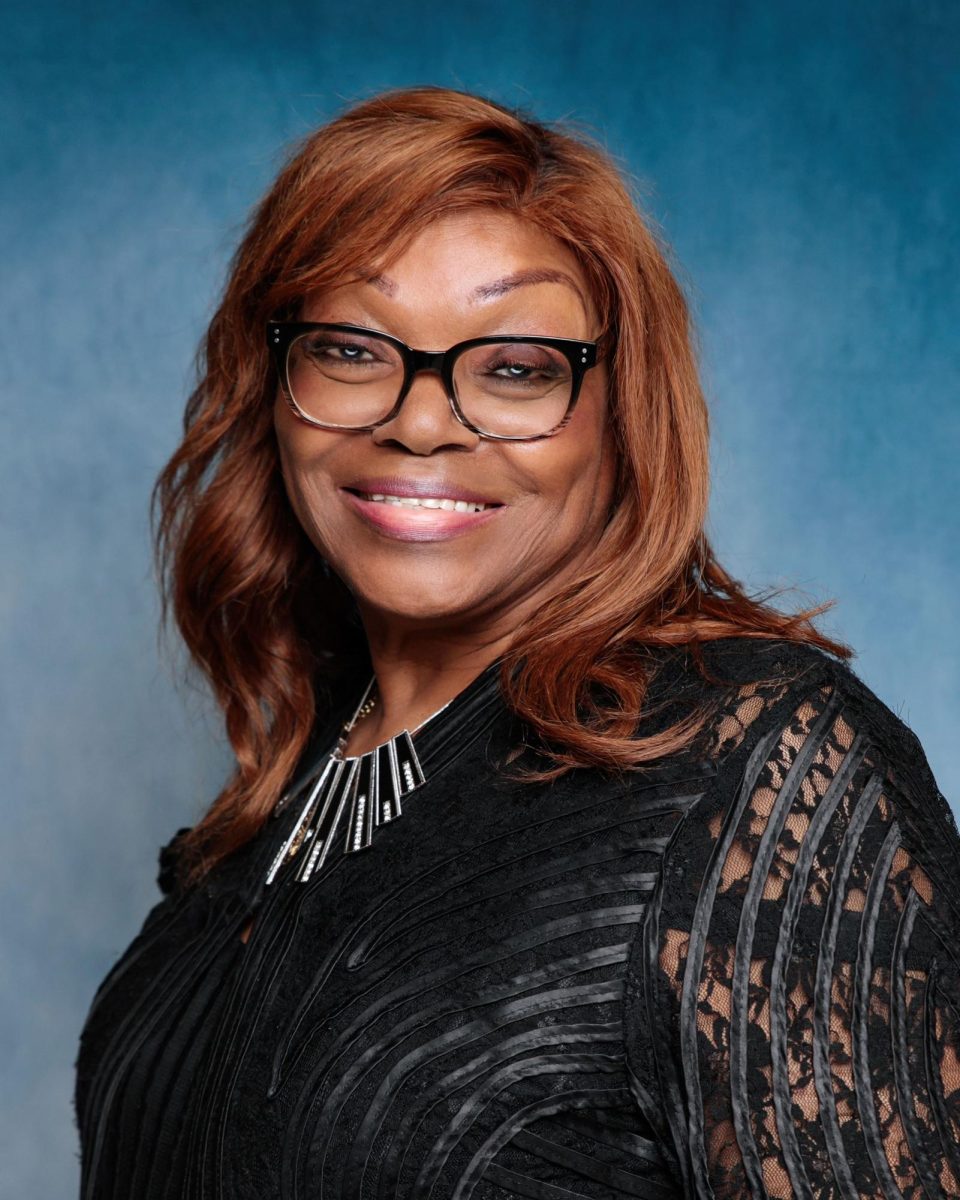Examining the role of black women and mammies in America

February 3, 2016
From Aunt Jemima to Aibileen Clark’s character on “The Help,” the mammy has been a common American stereotype of black female domestic slaves since the mid-19th century and is still perpetuated in modern media.
“Mammy” is another way to reference one’s mother, and in the south, it was formerly used to refer to black nursemaids who took care of white children.
The stereotype presents black female domestic slaves as willfully and happily serving the white family, even preferring the white children over her own, said Tiffany Player, an SIU history instructor from New Orleans. For her graduate studies, she has been researching American slavery, the Civil War and Reconstruction.
Advertisement
“The mammy is a direct assault on respectable black womanhood,” Player said.
In 1923, the United Daughters of the Confederacy proposed a national mammy monument be constructed in Washington, D.C., and, although the proposal was not approved, it began a debate about whether the mammy actually existed and, if so, what her meaning in society was.
Player said having a monument would have promoted a distorted view of the mammy that erases the violence of slavery and etches into stone the glorification of African-American servility.
“Instead of rejecting this trope altogether, a lot of black women are interested in using the mammy to secure benefits for her descendants,” she said.
This proposal came right after the rejection of the Dyer Anti-Lynching Bill. Despite wanting to commemorate and pay tribute to the mammy, the United Daughters of the Confederacy did not support the anti-lynching bill. Player said the organization wanted the tribute to glorify white supremacy more than honor black woman.
Player gave a presentation about her research on slavery and the Civil War on Wednesday in the Student Center Ohio Room in honor of African-American history month. She touched on the mammy monument controversy.
As a graduate student working on her dissertation at Washington University in St. Louis, Player said she examines violence inflicted by this embrace of the mammy trope in cinema, books and discussions of slavery.
Advertisement*
Since white families relied upon their mammies to nurse the children and teach them morals and basic tasks, she was trusted to essentially raise white children. It was the only acceptable interracial relationship of that time, Player said.
“I find it an interesting oxymoron,” said Mavin Edwards, an SIU alumna from Long Beach, Calif. “During the times of slavery, when the goal was to civilize black people, a key role such as the mammy in a domestic capacity ends up being the civilizer in most households.”
Autumn Douglas can be reached at [email protected] or 618-536-3325.
Advertisement








